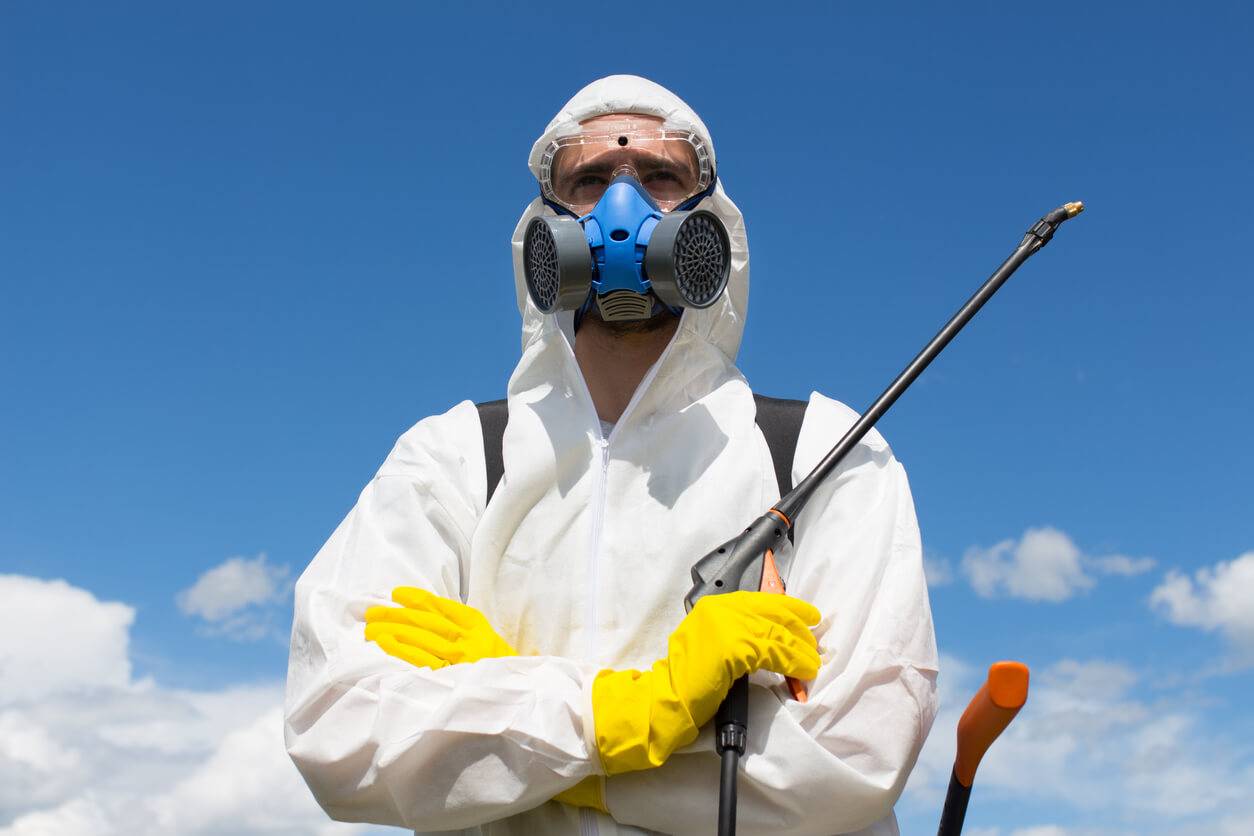

Some argue the voluntary testing program has been more successful in reducing pesticide pollution than the regulations that would otherwise be needed to protect clean water and limit toxic chemical use.

Rifenburg said she’s hoping the new data viewer website will lead more people and companies to reduce their pesticide use as the data itself has already done over the years. We try to capture a wide variety of land uses.”

We sample in urban areas, we sample in commercial areas. “We don’t just sample agricultural areas. “It’s kind of everywhere - that’s what the data is showing,” Oregon Department of Agriculture pesticide stewardship specialist Kathryn Rifenburg said. Regulators say the results reveal strengths and weaknesses in the state’s voluntary pesticide pollution reduction program, as well as a snapshot of the prevalence of pesticide pollution in state waterways. Related: Pesticide Stwardship Partnership Data Viewer The program has been testing streams across the state for decades now and recently shared its results on a website that allows the public to see exactly which pesticides are polluting Oregon streams at testing locations in a dozen different watersheds. The growers’ response to the test results - and the implied threat of lawsuits or regulation that came along with them - gave birth to a whole new approach to reducing pesticide pollution in Oregon known as the Pesticide Stewardship Partnership program. My reaction at the time was we needed to do something.” “It was a surprise to everybody because the waterways had never been tested before at this level. “That article kind of got everyone’s attention,” Nakamura said. The results made for a startling headline.įruit grower Brian Nakamura holds a 2001 newspaper clipping from The Oregonian that spurred him and fellow growers to launch a voluntary effort to reduce pesticide pollution in Hood River Valley streams. And they found concerning levels of azinphos-methyl and chlorpyrifos - two commonly used orchard sprays at the time. To protect dwindling salmon and steelhead populations, Oregon environmental regulators had started testing the Hood River Basin for toxic pesticides that can harm fish. “Pesticides pollute the Hood River for second straight year,” the headline reads. “This is what triggered it,” he said, pulling out a photocopy of a 2001 newspaper clipping from The Oregonian. He can point to exactly what sparked him and fellow growers to launch a voluntary partnership that dramatically reduced pesticide pollution in the Hood River Basin. Fruit grower Brian Nakamura remembers when the state started pesticide testing in the streams near his orchards more than 22 years ago.


 0 kommentar(er)
0 kommentar(er)
